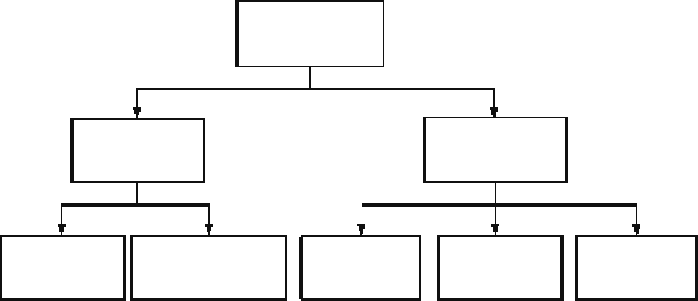Digital Signal Processing Reference
In-Depth Information
In many practical communication systems, the WSSUS property is not truly satis-
fied because of path loss, shadowing, and varying propagation conditions such as delay-
Doppler dispersion by band or time limitations at both Tx and Rx [4]. These effects cause
the channel to be nonstationary, i.e., non-WSSUS.
4.2.3 Classification of MIMO Channel Models
Numerous MIMO channel models have already been proposed. They can be clas-
sified into physical and analytical models, as shown in Figure 4.2. On the one hand,
the physical channel models focus on the characteristics of the environment and the
electromagnetic wave propagation between the Tx and Rx, and consider the antenna
configurations at both ends. On the other hand, the analytical models do not provide
site-specific descriptions, as they do not take into account the wave propagation char-
acteristics. The model impulse response is mathematically generated and related to the
statistical properties of the propagation environment. However, due to its simplicity, an
analytical channel model is very useful for producing a MIMO channel matrix for dif-
ferent kinds of communication systems.
In the literature, the physical models are decomposed into deterministic models [5-8]
and geometry-based stochastic models [9-13]. Deterministic models, such as ray tracing
and recording impulse response models, start by creating an artificial environment, and
the channel response is then calculated for simulation purposes. However, these meth-
ods have high computational complexity. Geometry-based stochastic channel models
(GSCMs), on the other hand, calculate the channel response by taking into account the
characteristic of wave propagation, both site-specific Tx-Rx environments, and the scat-
tering mechanisms. All parameters are statistically set to closely match the measured
channel observation. By this approach, the channel response can be rapidly computed
even for a multibounce scattering mechanism.
Analytical channel models can be further classified into correlation-based models,
statistical cluster models, and propagation-based models. Correlation-based models
MIMO channel
models
Physical models
Analytical models
Geometry-based
stochastic channel
models
Correlation-
based models
Statistical
cluster models
Propagation-
based models
Deterministic
models
FIgure 4.2
MIMO channel and propagation models.

Search WWH ::

Custom Search